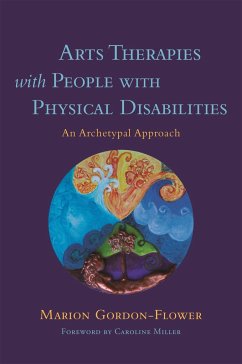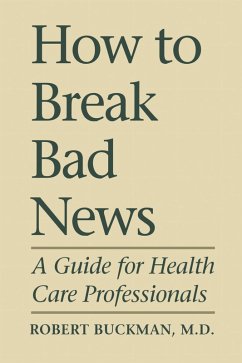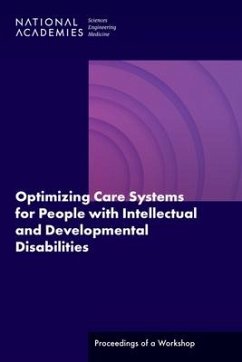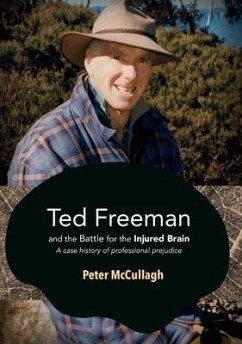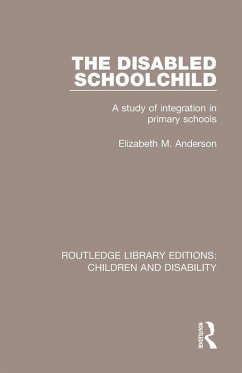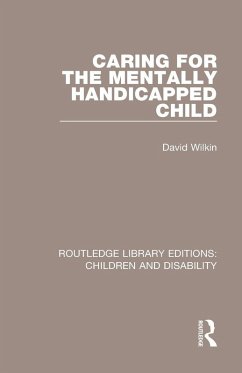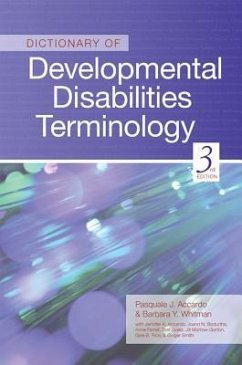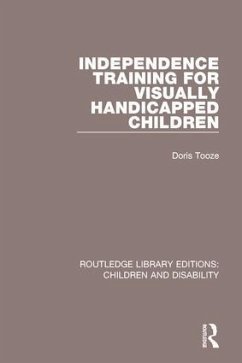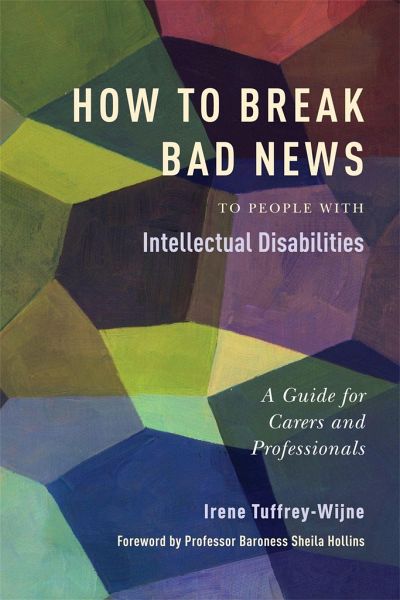
How to Break Bad News to People with Intellectual Disabilities
A Guide for Carers and Professionals

PAYBACK Punkte
13 °P sammeln!
This book offers unique and adaptable guidelines that can be used by practitioners to ease the process of breaking bad news to people with intellectual disabilities. It provides effective tips and support that will help social workers, counsellors and caring professionals relay all types of bad news as sensitively and successfully as possible.




